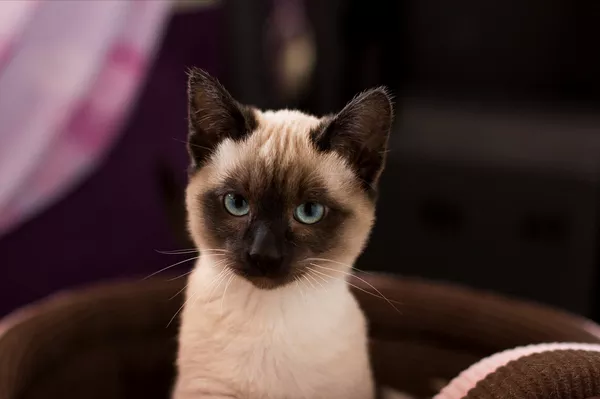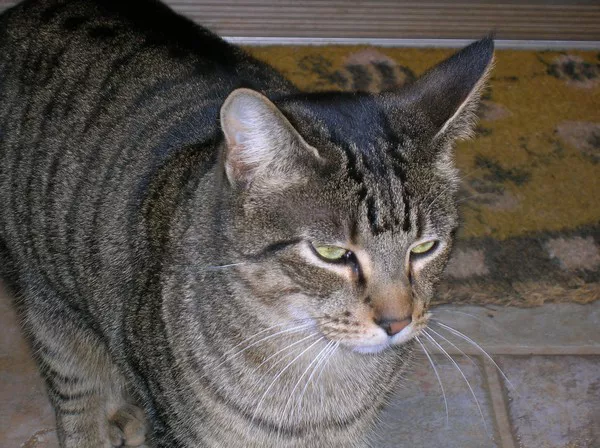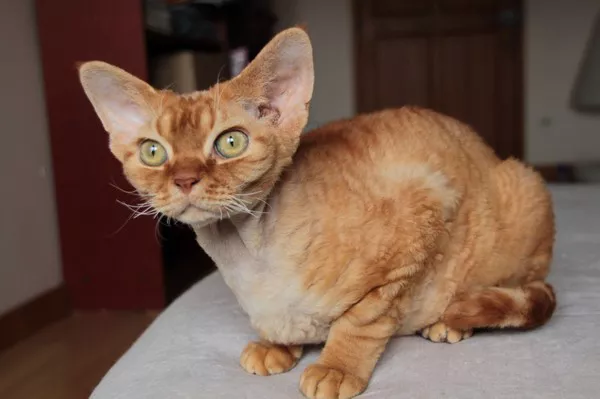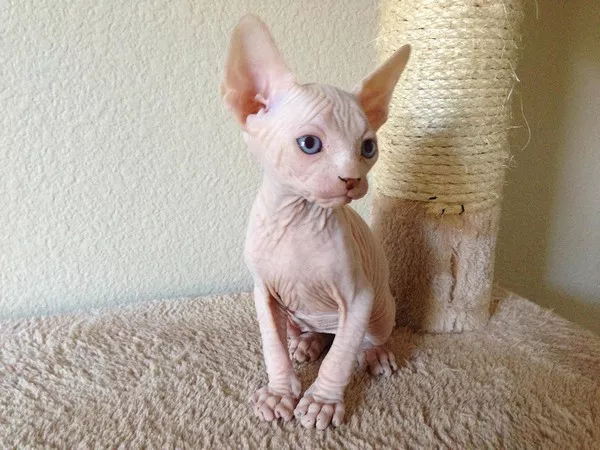Cats, renowned for their independent nature and graceful agility, are not immune to health issues related to weight gain. While a chubby cat may seem adorable, obesity in felines can lead to various health problems, including diabetes, arthritis, and a decreased lifespan. Just as humans benefit from a balanced diet and regular exercise, our feline friends require careful attention to maintain an optimal weight. In this comprehensive guide, we’ll explore the reasons behind cat obesity, signs that your cat may need to shed a few pounds, and effective strategies for implementing a safe and successful cat diet plan.
Factors Contributing to Cat Obesity
Just like in humans, obesity in cats is often the result of a calorie imbalance—more calories consumed than burned. Several factors can contribute to this imbalance:
Overfeeding: Providing excessive portions or too many treats.
Lack of Exercise: Sedentary indoor lifestyles can lead to weight gain.
Medical Conditions: Hormonal imbalances or underlying health issues.
Neutering/Spaying: Altered metabolism post-surgery can contribute to weight gain.
Health Consequences of Cat Obesity
Obesity in cats is not merely an aesthetic concern. It poses significant health risks, including:
Diabetes Mellitus: Obese cats are at a higher risk of developing diabetes.
Joint and Mobility Issues: Excess weight puts strain on joints, leading to arthritis.
Reduced Lifespan: Obesity can decrease a cat’s life expectancy by years.
Hepatic Lipidosis: A severe liver disorder resulting from rapid weight loss.
Recognizing the Signs: Is Your Cat Overweight?
Body Condition Scoring
Veterinarians often use body condition scoring (BCS) to assess a cat’s weight. On a scale of 1 to 9, a healthy cat should score between 4 and 5. Signs of overweight include a lack of a distinct waist, a sagging belly, and difficulty feeling the ribs.
Weighing Your Cat at Home
Regularly weighing your cat at home can help you monitor their weight. Sudden weight gain or loss may indicate underlying health issues.
Visible Changes in Behavior and Mobility
Obese cats may exhibit lethargy, reluctance to play, and difficulty jumping onto surfaces they previously could reach easily.
Crafting a Safe and Effective Cat Diet Plan
Consulting with Your Veterinarian
Before embarking on a weight loss journey for your cat, it’s crucial to consult with your veterinarian. They can rule out any underlying health issues, determine a realistic weight goal, and tailor a diet plan to your cat’s specific needs.
Choosing the Right Cat Food
Opt for high-quality cat food with balanced nutrition. Look for options designed for weight management, and consider wet food for its higher water content.
Portion Control
Use a measuring cup to ensure accurate portion sizes. Avoid free-feeding and establish a consistent feeding schedule.
Incorporating Weight-Loss Treats
If treats are part of your cat’s routine, choose low-calorie options and incorporate them into the daily calorie allowance.
Encouraging Physical Activity
Engage your cat in interactive play sessions with toys that promote movement. Provide scratching posts and climbing structures to encourage exercise.
Gradual Weight Loss
Rapid weight loss can be detrimental to a cat’s health. Aim for a gradual reduction in weight, typically 1-2% per week.
Overcoming Challenges in Cat Weight Loss
Dealing with Begging Behavior
Cats may beg for food, especially during a diet. Combat this behavior by offering interactive toys or puzzle feeders to provide mental stimulation.
Multi-Cat Households
Managing weight loss for one cat in a multi-cat household can be challenging. Separate feeding areas and closely monitor each cat’s intake.
Consistency is Key
Consistency in feeding times, portion sizes, and activity levels is crucial for the success of your cat’s weight loss journey.
Monitoring Progress and Adjusting the Plan
Regular Veterinary Check-ups
Schedule regular check-ups with your veterinarian to monitor your cat’s progress and make adjustments to the diet plan if needed.
Adapting to Individual Needs
Every cat is unique, and their weight loss journey may require adjustments. Be attentive to your cat’s response and work closely with your veterinarian.
See Also: 6 Common Reasons for a Cat’s Loss of Appetite
Conclusion:
In conclusion, helping your cat achieve and maintain a healthy weight involves a combination of proper nutrition, portion control, and regular exercise. By understanding the causes and consequences of cat obesity, recognizing signs of overweight, and implementing a personalized diet plan with the guidance of your veterinarian, you can ensure a longer, healthier, and happier life for your feline companion. Remember, the key to successful cat dieting lies in patience, consistency, and the unwavering commitment to your cat’s well-being.



























